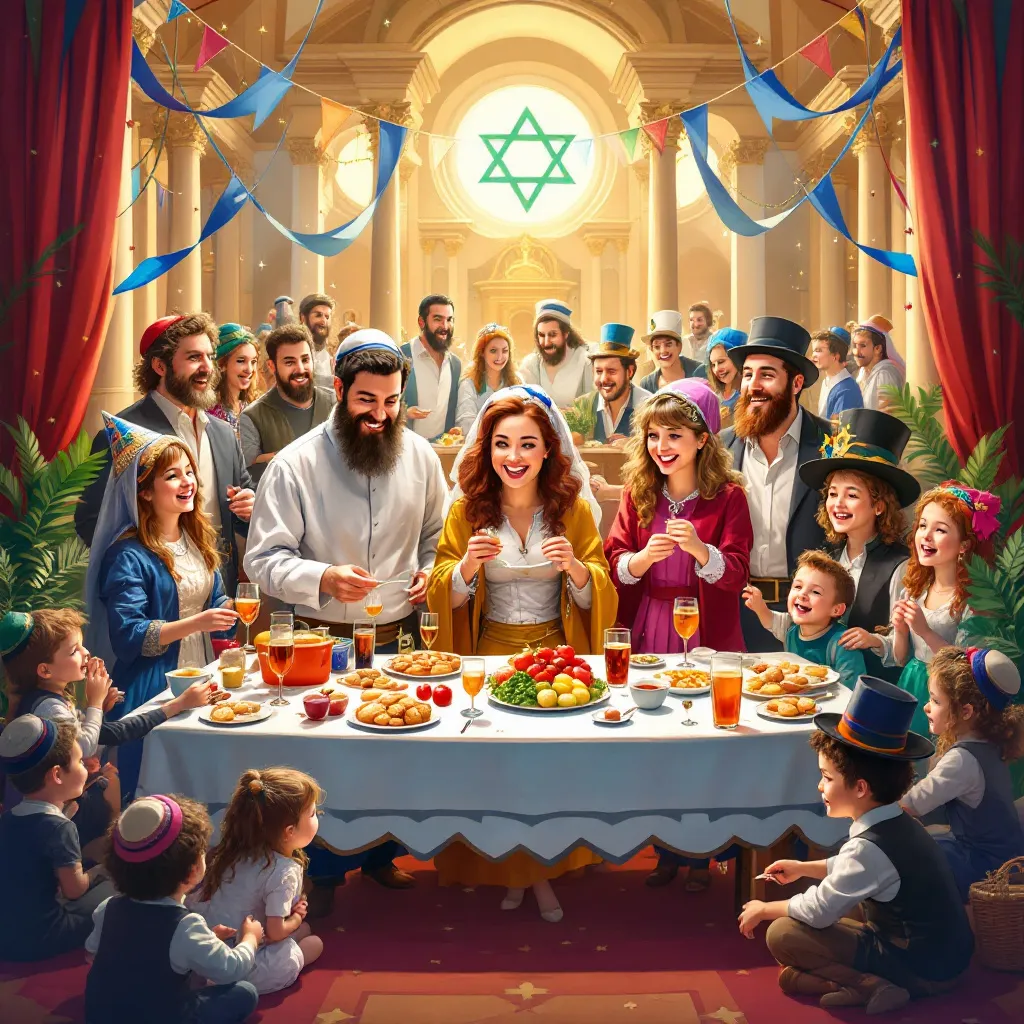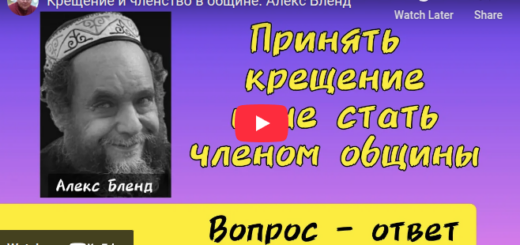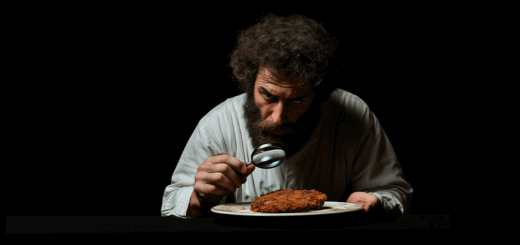Briefly about Purim

This article was created with the help of AI and has been reviewed by translator.
Purim is a joyous Jewish holiday that celebrates the saving of the Jewish people from the threat of extermination as detailed in the Book of Esther in the Hebrew Bible (the Megillah). It is sometimes referred to as the “Festival of Lots,” named after the lots (or “purim,” in Hebrew) that the villain Haman cast to determine the date for carrying out his plan to annihilate the Jews.
Key Themes and Historical Background:
- The Story:
The events take place in the Persian Empire during the reign of King Ahasuerus (often identified as Xerxes I). Haman, the king’s advisor, plotted to destroy the Jewish people because Mordechai, a Jewish man, refused to bow down to him. - Queen Esther, a Jew who had concealed her identity, was persuaded by her cousin Mordechai to intervene with the king.
- Her bravery in approaching the king uninvited (risking her life) and exposing Haman’s plot turned the tables. Haman was executed, and the Jewish people were saved.
- Significance of “Lots”:
Haman determined the date for the massacre by casting lots, which adds an ironic twist since the random date ultimately became a day of celebration instead of destruction.
How Purim is Celebrated:
Purim is one of the most festive and lighthearted holidays in Judaism, marked by generosity, joy, and community spirit. Key customs include:
Reading the Megillah (Book of Esther):
- The scroll of Esther is read aloud in synagogues. Every time Haman’s name is mentioned, people make loud noises (e.g., with groggers or boos) to symbolically drown it out.
Mishloach Manot (Sending Food Gifts):
- It is a tradition to send packages of food and treats to friends and neighbors. These are called mishloach manot and represent unity and friendship.
Matanot La’Evyonim (Giving to the Poor):
- Charity is central to Purim. Jews give donations to those in need, ensuring everyone can celebrate the holiday regardless of their financial situation.
Festive Meal (Seudah):
- A large celebratory feast is held, filled with music, dancing, and joyous eating and drinking.
Costumes and Celebration:
- People often dress up in costumes, symbolizing the hidden miracles in the Purim story and Esther’s concealed identity.
- Parades, plays, and carnivals are common in many Jewish communities.
Traditional Foods:
- Hamantaschen:
These are triangular pastries filled with poppy seeds, jam, or chocolate, said to represent either Haman’s hat, pockets, or ears. - Drinking Wine:
There is a custom to drink wine liberally on Purim, symbolizing the celebratory nature of the day.
Themes and Lessons from Purim:
- Courage and Advocacy: Esther’s bravery in standing up for her people remains an inspiration for advocacy and speaking up against injustice.
- Hidden Miracles: Just as God’s name is never mentioned in the Book of Esther, Purim emphasizes finding divine intervention in hidden ways.
- Unity and Generosity: The communal acts of sharing and charity foster bonds within Jewish communities.
Modern-Day Observances:
In addition to traditional customs, Purim is celebrated with creative interpretations of plays, humorous mock newspapers, and often extravagant public events. It’s a day where fun and humor are actively encouraged.
Summary:
Purim is a lively, joyful holiday that celebrates Jewish survival, courage, and faith in hidden miracles. It brings communities together in acts of kindness, charity, and celebration. Above all, it serves as a historical reminder of the importance of standing up against persecution and promoting unity.







